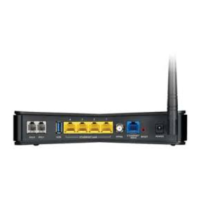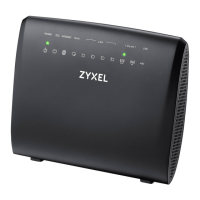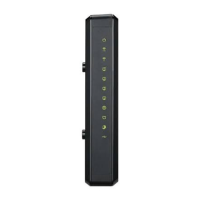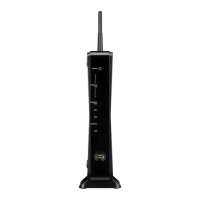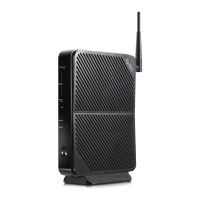VMG1312-B Series User’s Guide 319
APPENDIX B
IP Addresses and Subnetting
This appendix introduces I P addresses and subnet m asks.
I P addresses identify individual devices on a net work. Every net working device ( including
com puters, servers, rout ers, printers, etc.) needs an I P address t o com m unicate across t he
net work. These networking devices are also known as hosts.
Subnet m asks det erm ine t he m axim um num ber of possible hosts on a net work. You can also use
subnet m asks t o divide one net work into m ultiple sub- networks.
Introduction to IP Addresses
One part of the I P address is t he net work num ber, and t he ot her part is the host I D. I n t he sam e
way that houses on a street share a com m on street nam e, the host s on a net work share a com m on
net work num ber. Sim ilarly, as each house has it s own house num ber, each host on t he net work has
its own unique ident ifying num ber - t he host I D. Routers use t he network num ber to send packets
to the correct net w ork, while t he host I D determ ines to which host on t he network the packets are
delivered.
Structure
An I P address is made up of four part s, writt en in dot t ed decim al notat ion ( for exam ple,
192.168.1.1) . Each of t hese four part s is known as an oct et. An octet is an eight-digit binary
num ber ( for exam ple 11000000, which is 192 in decim al not at ion).
Ther efore, each octet has a possible range of 00000000 to 11111111 in binary, or 0 t o 255 in
decim al.

